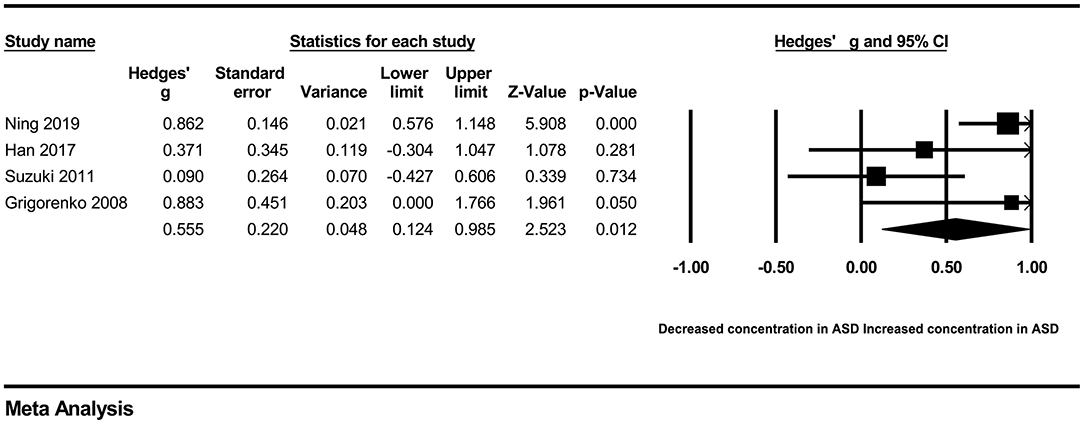

Fracture toughness showed no significant differences. It may be concluded that dimethacrylate-based provisional restorations presented better mechanical behavior than monomethacrylate-based ones in terms of flexural strength and hardness.

After removing the duplicates and applying the selection criteria, 24 articles were included in the qualitative synthesis and 7 were included in the quantitative synthesis (meta-analysis). A quality assessment of full-text articles were performed according to modified ARRIVE and CONSORT criteria and modified Cochrane Collaboration’s tool for in vitro studies. Studies that assess and compare the mechanical properties of dimethacrylate- and monomethacrylate-based provisional restoration materials were selected. The searches were conducted in PubMed, Embase, Web of Science, Scopus, the New York Academy of Medicine Grey Literature Report and were complemented by hand-searching, with no limitation of time or language up to January 10, 2017. This review followed the PRISMA guidelines. The purpose of this systematic review and meta-analysis was to assess and compare the mechanical properties of dimethacrylates and monomethacrylates used in fabricating direct provisional restorations, in terms of flexural strength, fracture toughness and hardness. At present, there is no systematic review, which supports the clinicians’ criteria, in the selection of a specific material over another for a particular clinical situation.

Provisional restorations represent an important phase during the rehabilitation process, knowledge of the mechanical properties of the available materials allows us to predict their clinical performance.


 0 kommentar(er)
0 kommentar(er)
